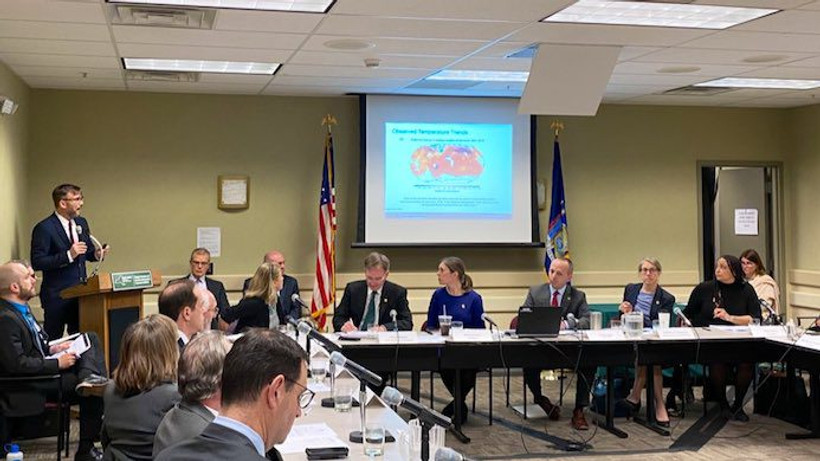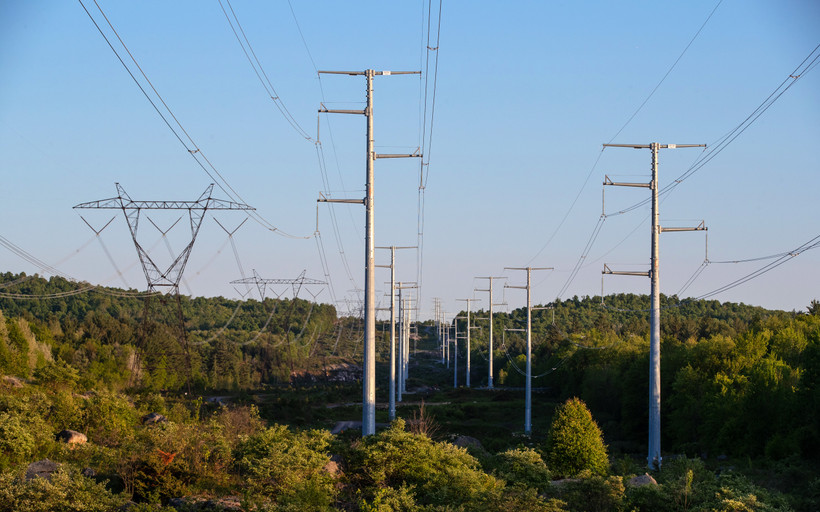Failure of Build Back Better Casts Uncertainty over New York’s Climate Plans
New York was counting on federal money to help pay for its transition to clean energy, which will cost the state an estimated $15 billion each year.

This article was published in collaboration with The River Newsroom, a digital newsmagazine that covers the Hudson Valley and Catskills.

Correction: This article has been updated to correct the percentage of state emissions that come from transportation.

Guidelines limiting gifts of taxpayer resources have “no teeth whatsoever,” according to good government watchdog.
Local regulations haven’t kept up with the rollout of new surveillance tech. Some reformers see Washington as their best hope.
As the state legislature considers a bill to change warranty payments, unions join their bosses to make car companies pay more.
The Assembly and Senate want to beef up labor standards and farmland protections for clean energy projects. Developers say that would slow down the energy transition.
State investigators accused the gas utility of “sloppiness” in managing customer funds, but took a light touch in enforcement.
What are industrial development agencies?

